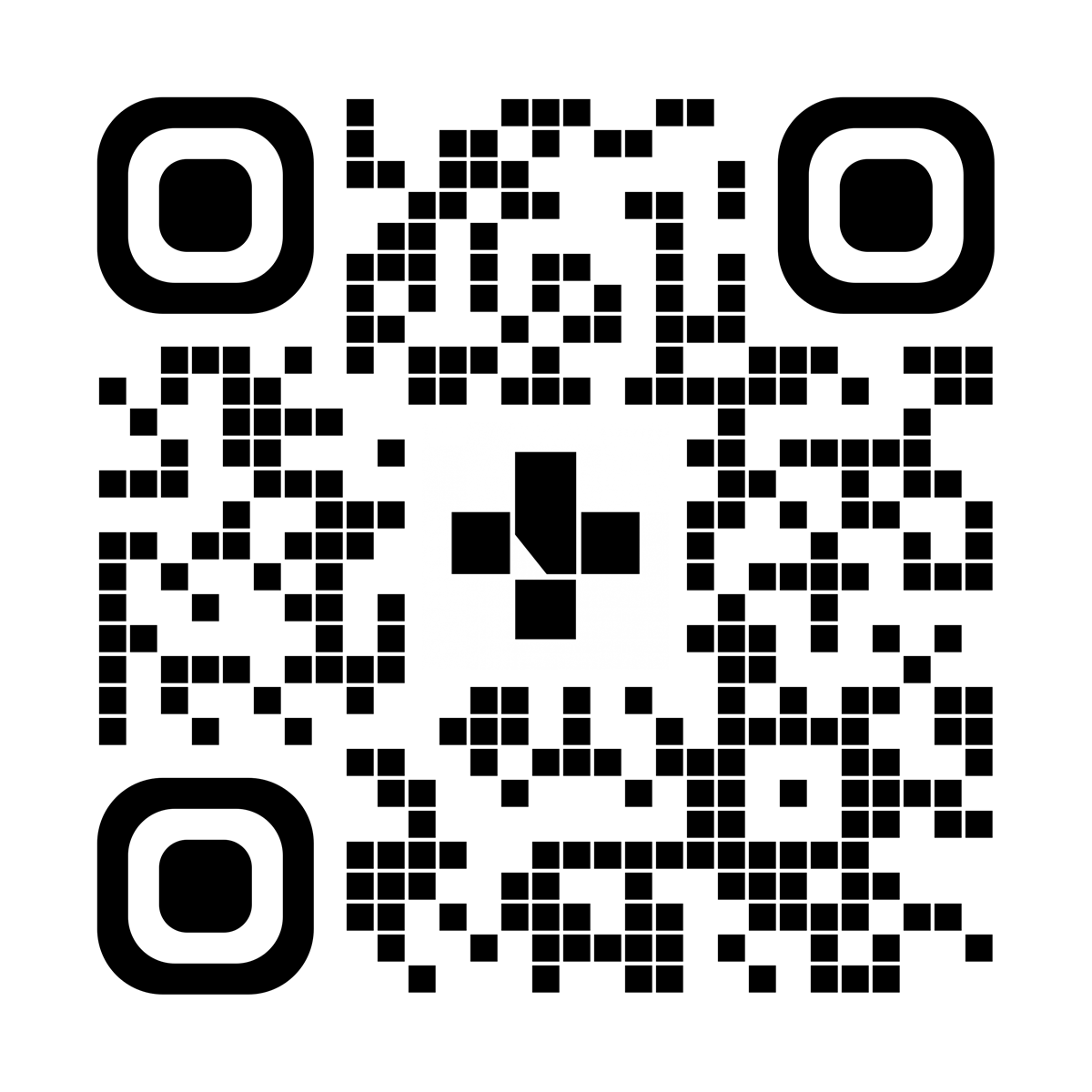Oxygen Therapy
Learning about using oxygen therapy in the hospital
Oxygen is a medicine. It is only given if you need it.
Your healthcare provider may prescribe oxygen therapy for you if your lungs can’t take in enough oxygen on their own.
Dose
The dose—or amount of oxygen prescribed—is different for each person. It is based on how well your lungs are working. Your healthcare team will watch you closely to know how much oxygen you need.
Correct dose
It's very important to stay at the dose of oxygen that is prescribed for you.
Do not adjust the knobs or valves on the wall above your hospital bed or on your portable oxygen tank. This will change your dose, and you may get too much or too little oxygen—this will make you feel worse.
Target range
The target range of oxygen saturation for most adults is 92% to 96% (SpO2). If you have certain types of lung disease, your target range will be lower. For example, if you have chronic obstructive pulmonary disease (COPD), your target range will be 88% to 92%. Your healthcare provider will tell you what the right target range is for you.
Oxygen saturation is the measurement of how much oxygen your blood is carrying, and it can change. It’s OK if your oxygen saturation is less than 100%.
Safety
Smoking or vaping
People have received serious burns when they have smoked or vaped while on oxygen therapy.
Never smoke or vape while you use oxygen. Also make sure other people know not to smoke or vape around you while you use oxygen.
Moving around
Make sure you are careful when you are moving around while on oxygen. Be aware of tripping hazards and pulling on the tubing by accident. You or someone else could trip and fall over the cords, oxygen tubing, or canisters.
When you leave your room, make sure you know how much oxygen you need or ask your healthcare team. If you need assistance while out of your room, please ask a member of the healthcare team to help you.
Dry nose and nosebleeds
Using oxygen may dry out your nose or lips. If this happens to you, ask your healthcare team for a water-based gel or cream for your nose.
Do not use petroleum-based (like Vaseline) or oil-based products on your face or in your nose while on oxygen therapy.
Talk to your healthcare provider
Let your healthcare provider know how you are feeling while on oxygen therapy. Tell them if it is helping you feel better or if it is not helping.
If you have any concerns or questions about your oxygen therapy, ask your healthcare team at any time.
Learn more
To see this information online and learn more, visit MyHealth.Alberta.ca/health/AfterCareInformation/pages/conditions.aspx?hwid=custom.ab_oxygentherapyinthehospital_guide_inst.

For 24/7 nurse advice and general health information call Health Link at 811.
Current as of: August 6, 2025
Author: Medicine PIN (Respiratory), Alberta Health Services
This material is not a substitute for the advice of a qualified health professional. This material is intended for general information only and is provided on an "as is", "where is" basis. Although reasonable efforts were made to confirm the accuracy of the information, Alberta Health Services does not make any representation or warranty, express, implied or statutory, as to the accuracy, reliability, completeness, applicability or fitness for a particular purpose of such information. Alberta Health Services expressly disclaims all liability for the use of these materials, and for any claims, actions, demands or suits arising from such use.
